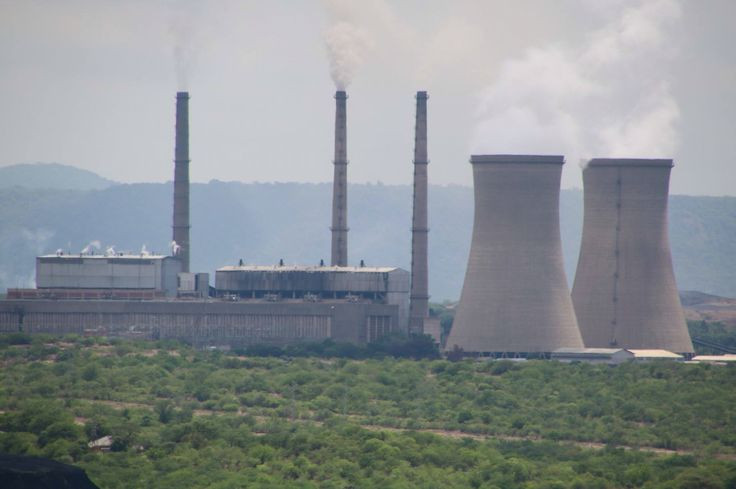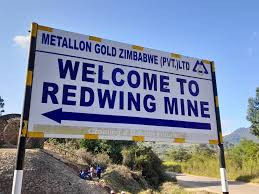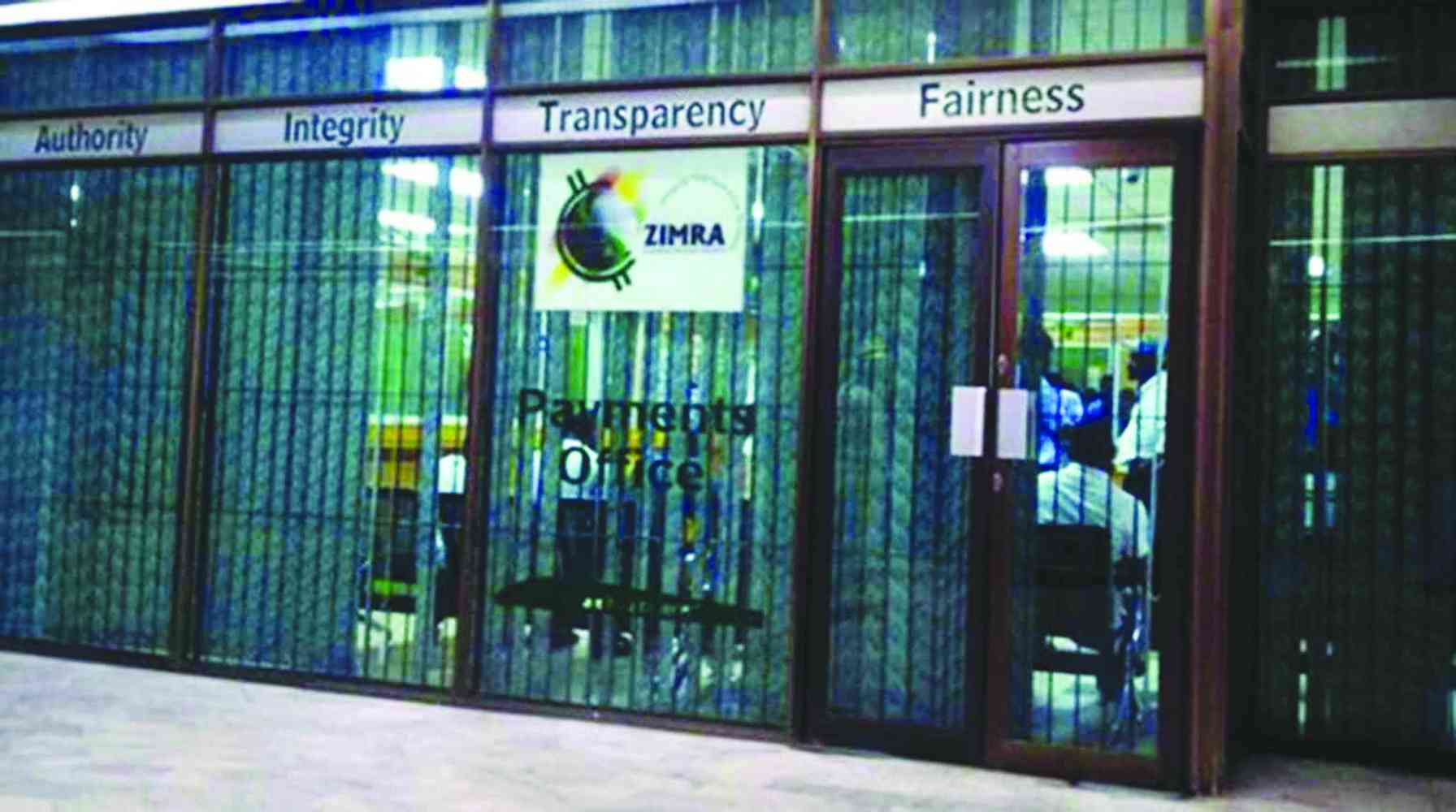
A GROWING air pollution crisis in the coal mining town of Hwange, driven by commercial coal burning, has forced the Zimbabwe Power Company (ZPC) to relocate over 500 families, the Zimbabwe Independent can reveal.
Hwange, located in Matabeleland North Province, is rich in coal reserves primarily used for power generation and coke production. ZPC, a subsidiary of Zesa Holdings, operates Zimbabwe’s largest coal-fired power plant, the Hwange Thermal Power Station, which includes seven power generation units on privately-owned land.
While units 7 and 8, built by Chinese state enterprise SinoHydro, are equipped with flue gas desulphurisation (FGD) technology to curb sulfur dioxide emissions, the remaining five units, generating over 200 MW, lack these emissions controls. Carbon emissions from these older units are released directly into the atmosphere.
Hwange Town Council spokesperson Dumisani Nsingo confirmed that ZPC is relocating 500 households from its Ingagula suburb due to increased pollution.
“The challenge of pollution is not concentrated in our area of jurisdiction. But I can confirm that there is such an occurrence but can't comment beyond that,” he said in an interview.
“ZPC is actually in the process of moving all its workers resident in one of its suburbs called Ingagula to our area due to increased pollution.
“ZPC is moving its entire suburb to the council area. This involves about 500 households. There is a Memorandum of Understanding (MoU) between Hwange town and ZPC. ZPC is at an advanced stage in construction of the housing units.”
Nsingo added that the agreement between the parties would see ZPC offsetting the relocation costs, while the council would deduct the power utility rates.
- Title rivals face tough weekend
- DeMbare, FC Platinum fight for Chibuku Cup
- MRP petitions prison services over jailed members
- Hwange on verge of PSL return
Keep Reading
“Basically, the agreement is on how relocation costs being footed by ZPC will be offset. (This work is supposed to be done by council). But because the council does not have sufficient funds, it allows ZPC to do the work while it will offset from rates and other fees to be charged by the council.”
At the time of going to print, Zesa spokesperson George Manyaya had not responded to questions posed by the Independent.
The publication, among other matters, wanted to understand the cost of the relocation exercise and the number of people who were going to be affected.
Sino-Hydro chief representative in Zimbabwe Andre Duan told the Independent that sulfur dioxide emissions were being discharged from units 1-5, which were running without the support of the FGD systems, while units 7 and 8 comply with World Bank standards for sulfur dioxide emissions.
“We have repeatedly stated that the air pollution in Hwange is not caused by our units 7 and 8, which are strictly implemented in accordance with World Bank standards. People should pay more attention to the emissions from units 1 to 5 and nearby coke smelting,” he said.
“As for measures (to reduce emissions), what we can do is to operate units 7 and 8 and maintain them in strict accordance with the World Bank standards designed.”
According to the World Bank standards, total sulphur dioxide emissions should be less than 0,20 metric tonnes per day (tpd) per megawatt electric (MWe) of capacity for the first 500 MWe, plus 0,10 tpd for each additional MWe of capacity over 500 MWe.
In addition, the sulphur dioxide concentration in flue gases should not exceed 2 000 mg/Nm 3 , with a maximum emissions level of 500 tpd Nitrogen oxides.
In line with the stipulated standards framework, the World Bank and other international lenders do not finance construction of thermal stations which do not meet those guidelines.
When coal is fed into the chimneys at units 7 and 8, limestone is put into the FDG system producing gypsum as a by-product.
Stockpiles of gypsum, among other factors, indicate that the FDG system is running.
Andreas indicated that a sulphur dioxide reduction plant was running but could not give the exact quantum of gypsum stockpiles in the care of Hesco.
He, however, stated that units 7 and 8 were designed to produce and store 25 600 tonnes.
“The design size of gypsum stockpiles is 25 600 tonnes. We do not have that data now (size of gypsum stockpiles, maybe we can give you in the future,” Duan said.
Environmental Management Authority (Ema) spokesperson Amkela Sidange told the Independent last week that units 7 and 8 had been given the necessary approvals but could not ascertain the quantities of gypsum being produced by the units.
“The project in question was issued with an Environmental Impact Assessment (EIA). Indeed, the flue-gas desulphurisation has been running. The FGD was part of the EIA and has been functioning as planned,” she said.
“The gypsum stockpiles you are referring to in this case is a by-product from the project and knowledge on the stock cards remain in the purview of the company.”
Zimbabwe Parks and Wildlife Managemnet Authority (Zimparks) spokesperson Tinashe Farawo said there was a need to conduct a research on the impact of pollution on animals.
"There is a need for research to find out the impact of pollution on wildlife. If there is a suspicious death we normally do a post mortem and we are yet to record such deaths," he said.










